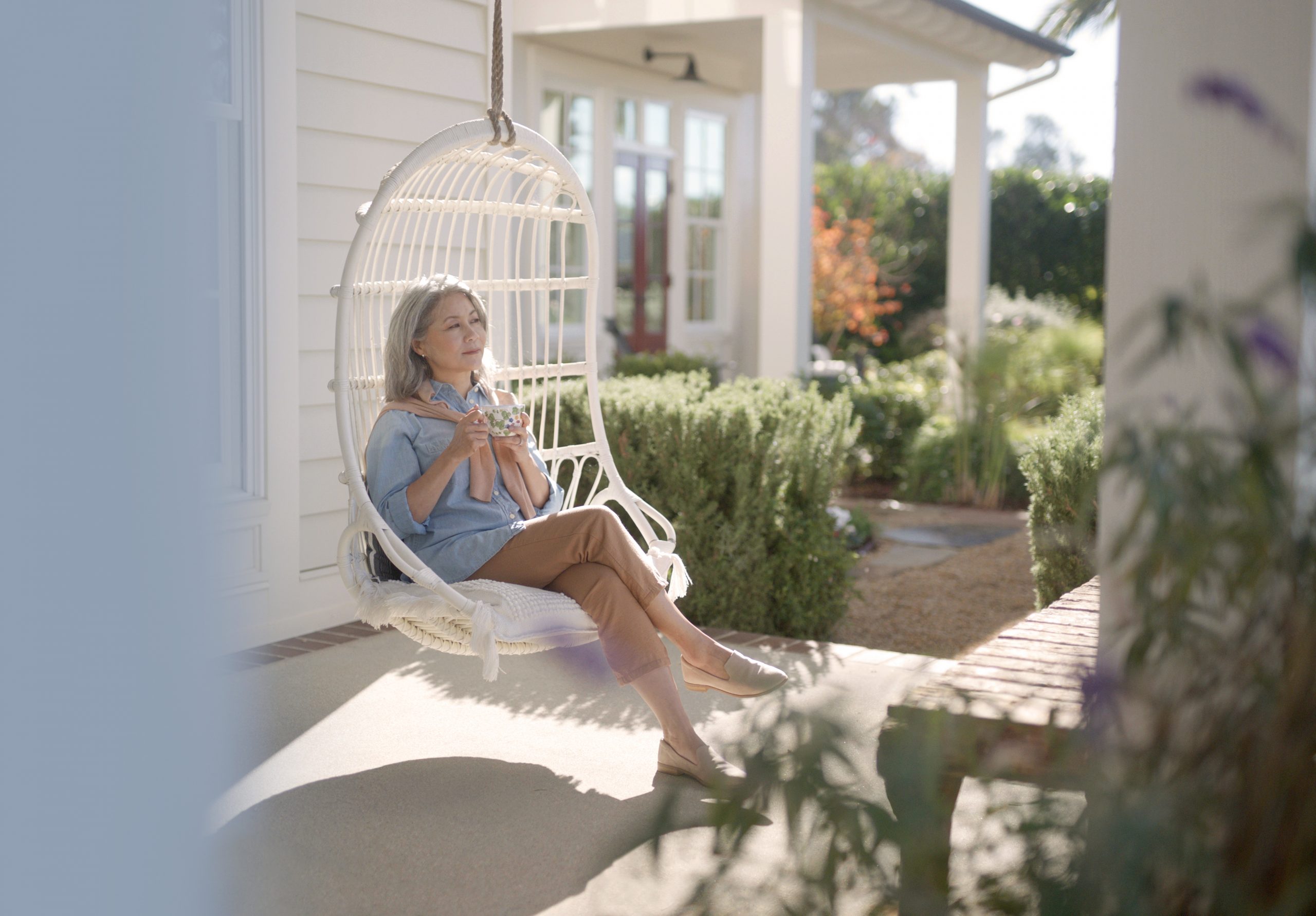 By Scot Campbell, Broker | Coldwell Banker-Campbell Realtors | Scot@CampbellRealtors.com | 714-336-0394
By Scot Campbell, Broker | Coldwell Banker-Campbell Realtors | Scot@CampbellRealtors.com | 714-336-0394
According to an informative article written by Kimberlee Leanard in Seeking Alpha, a “step-up in basis” is an adjustment to the value of appreciated assets upon inheritance.
It is important to understand the rationale for this rule and how it impacts investment real estate and personal residences. Here are some notes and examples I made when reading her article and others which provided useful information:
What Is the Step-Up in Basis?
Investment real estate and personal residences can appreciate massively before they pass to heirs. It is not uncommon for a personal residence owned for 20 years in coastal areas of California to appreciate $500,000, $1,000,000, $2,000,000 or more.
When someone inherits real estate and later sells it, the IRS allows the date of inheritance to establish the cost basis rather than the date of purchase by the person it was inherited from. This allowance by the IRS is called “Step-Up Basis”.
The “step-up in basis” is part of the IRS inheritance tax rules that allow the person inheriting an asset to use the fair market value of the asset at the time of inheritance as the cost basis for taxes when selling the asset. It is designed to reduce the capital gains tax for heirs on inherited assets.
Note: It’s important to understand that a step-up in basis only happens after a benefactor dies—taxes on assets transferred before death are subject to the original cost basis.
Purpose of the Step-Up In Basis
The rationale behind this rule is that property may have been held for many years, if not decades, with considerable gains. Taxing the asset based on the original purchase price can seem unfair and, in some cases, cannot easily be determined if the original purchase records exist.
For example, an Orange County, CA home purchased in 1950 may have only cost $10,000 at the time. If this home transfers ownership upon the owner’s death in 2022, and is valued at that time at $950,000, the beneficiary could be responsible for a $940,000 taxable capital gain if they were to sell the property at that time.
By using the IRS inheritance tax rules, “step-up in basis”, the beneficiary’s adjusted cost basis becomes the $950,000 (appraised) value of the home at the time of death and they do not inherit the huge unrealized capital gain liability for the prior 71 years.
How Step-Up Basis Is Calculated
The step-up in basis is calculated based on the date of death. This calculation is relatively simple; a snapshot is taken of the fair market value on the date of death. For investment real estate or personal residences, a fair market value appraisal is used to determine value on the date of death.
Step-Up In Basis Examples
Let’s look at an example to determine how the step-up in basis works.
Example #1:
Bill & Sue are a married couple. They purchased their personal residence in 1970 for $25,000 in Southern California, a community property state.
The couple created a revocable living trust in 2000, placing all of their assets in it. Bill died in 2022. At the time of his death, the personal residence was free of loans and valued at $1,525,000. This is the new cost basis for Sue on the personal residence which is now owned by her alone.
Sue can afford to stay in the home because the house is free of loans and the property taxes remain very low thanks to Proposition 13. So, she elects to spend the rest of 2022 living in the home and celebrate one more holiday season at her personal residence.
In early 2023, Sue decided to go live closer to her daughter and grandchildren, so she sold the property for $1,600,000 netting $1,520,000 after closing costs and a few repairs. Since the “step-up basis” is more than her net proceeds, there is no capital gain tax on the $1,520,000 proceeds from the escrow.
Sue buys a townhouse near her daughter for $520,000 and puts $1,000,000 into a safe investment which pays her $4,000 per month to supplement her other retirement income. She can afford to travel with her daughter and friends when the opportunities arise, and she lives very comfortably.
Example #2:
Robert & Darlene are a married couple. They have a son named Robert Jr. and daughter named Jane. Robert & Darlene purchased their personal residence in 1980 for $50,000 in Southern California, a community property state.
The couple created a revocable living trust in 2000, placing all of their assets in it. Robert died in early 2022 followed a few months later by Darlene. At the time of her death, the personal residence had a loan balance of $500,000 and valued at $1,900,000. This is the new cost basis for Robert Jr. and Jane who inherited the property 50% each upon the death of their father and mother.
Both Robert Jr. and Jane live outside of Southern California. Neither of them wants to live in the old family home (and buy the other out).
Due to Proposition 19, which was enacted in 2021, the property taxes will increase to approximately $21,000 since neither Robert Jr. or Jane are able to move into the property and claim an exemption.
Living outside the area, neither Robert Jr. nor Jane can effectively manage the old family home as a rental. The increase in property taxes to $1,750 per month, mortgage payments, insurance, maintenance, plus the cost of a property manager makes the cash flows from renting the property unattractive.
In early 2023 when Robert Jr. & Jane learn IRS inheritance tax rule “step-up basis” allows them to receive the proceeds from the sale of the house “tax free”, they decide to sell the property for $1,900,000. They net $1,800,000 after deducting accumulated interest, closing costs and a few repairs. The “step-up basis” is more than their net proceeds, so there is no capital gain tax on the proceeds from the escrow after paying off the $500,000 loan. The net after paying off the loan for the property is $1,300,000, so each gets a wire transfer of approximately $650,000 at close of escrow.
Robert Jr. uses the proceeds to pay off his mortgage and takes early retirement. Jane uses her funds to pay for college for her two children, and the remainder goes into investments to fund her future retirement.
Bottom Line
The step-up in basis is a valuable way for beneficiaries to preserve their inheritance. It allows them to use the present-day market value of assets rather than original purchase prices, often saving considerable amounts in capital gains taxes when assets are ultimately sold.
Here is the original article from Kimberlee Leanard, information on Proposition 19, and other articles on the subject:
https://seekingalpha.com/article/4458768-step-up-in-basis#what-is-the-step-up-in-basis
https://www.boe.ca.gov/prop19/
https://www.naimishlewislaw.com/estate-planning/proposition-19-property-tax-changes-and-inheritance/
https://www.quickenloans.com/learn/step-up-in-basis
Seek Tax Advice Before Transacting
The information contained herein is intended to provide general information and is not intended as a substitute for individual legal advice. Specific examples used are only general examples, and the actual amount of capital gains and property taxes owed for any person will depend on the specific situation of the individual and a wide variety of other factors. Therefore, all persons are directed to seek the advice of an attorney regarding their specific tax and legal situation.


 Facebook
Facebook
 X
X
 Pinterest
Pinterest
 Copy Link
Copy Link
